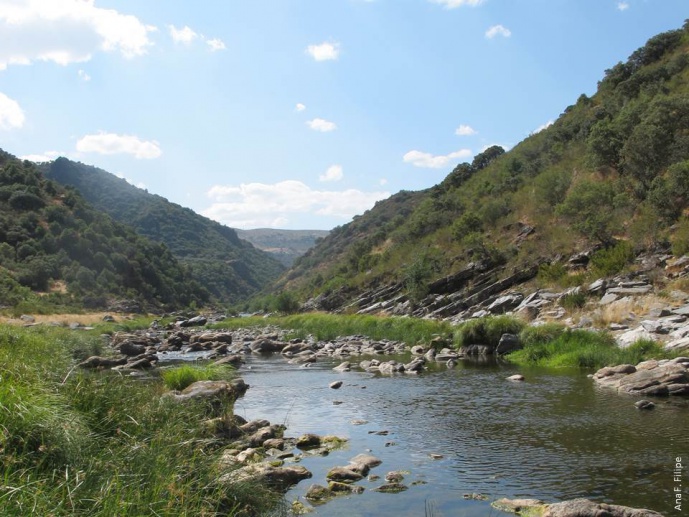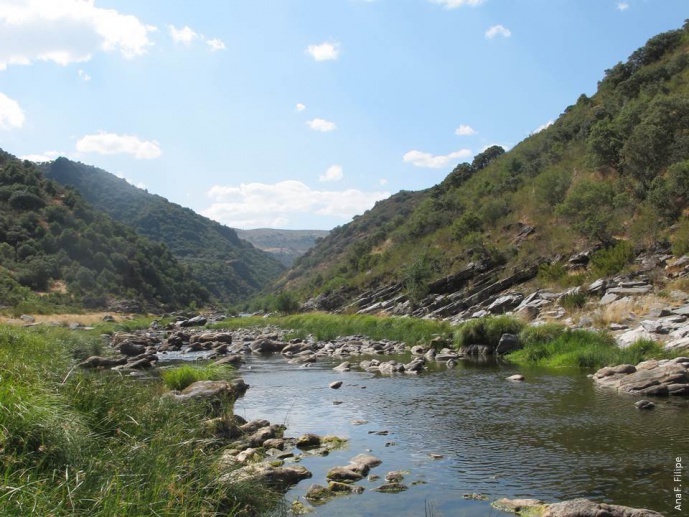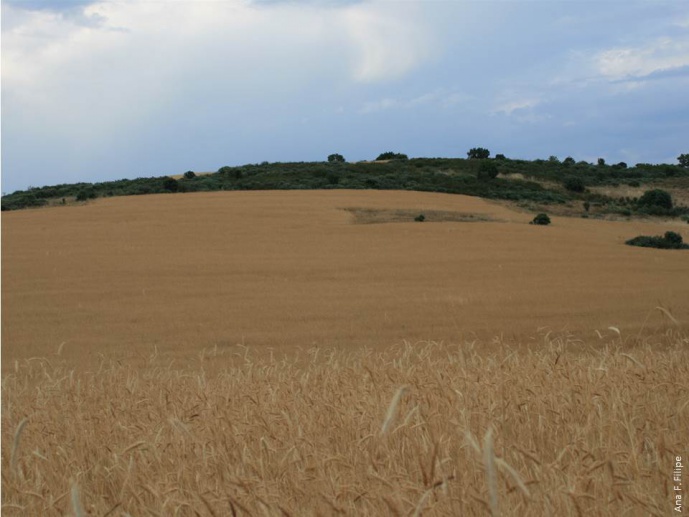SABOR LTER - Sabor fragmentation experiment: understanding long-term ecological consequences of infrastructure development and compensatory mitigation
There is increasing need for scientific predictions regarding the long-term consequences of habitat fragmentation resulting from infrastructure development on ecosystem structure and function, in order to develop mechanisms of compensatory mitigation (biodiversity offsets) ensuring that the inevitable negative environmental impacts of development are moderated by environmental gains, with the overall aim of achieving a net neutral or positive outcome. This is particularly urgent in the case of renewable energy developments such as hydroelectric dams, which are increasingly sought worldwide to reduce carbon emissions from the combustion of fossil fuels.A challenge in accomplishing this goal is to predict what may happen over decades, centuries or millennia, following anthropogenic changes that have only become apparent relatively recently.
This project uses the building of the Baixo Sabor dam in North-eastern Portugal as an opportunity to set a long-term and large-scale habitat fragmentation experiment, whereby the ecological consequences of infrastructure development and its associated biodiversity offsets can be analysed in detail over a range of spatial and temporal scales. The project will be developed in joint association with the promoter of this infrastructure, the Portuguese Electricity Company EDP, which has been mandated by European and Portuguese environmental authorities to implement a wide range of biodiversity offsets and monitoring programs for about 70 years, spanning from the early stages of dam construction through the lifetime of the exploitation concession. This dam will be built in a Natura 2000 site and within a region where several large dams are already in operation or will be built in the near future (Foz Tua dam), allowing the examination of cumulative impacts of infrastructure development in areas of high natural value. This long-term ecological research project has thus the potential to generate a case-study of international relevance on the effects of infrastructure development and compensatory mitigation, providing scientific and technical guidance to better mitigate the negative impacts on biodiversity for an increasing number of similar infrastructures worldwide.
The project was designed with the dual goal of testing hypothesis that can be addressed within its relatively limited time frame (three years), while establishing concurrently the baselines needed to test hypothesis requiring long time series of ecological data. In the short-term, correlative approaches will be used to test predictions on the expected relationships between patch attributes (size, isolation) and species occurrences, species diversity and population connectivity, examining further how these relationships are affected by patch dynamics and matrix attributes. In the long-term, the project will use the experimental setting created by the Baixo Sabor reservoir to test predictions on the likely reductions of species richness, species occurrences and population connectivity associated with increasing habitat fragmentation, evaluating how biodiversity offsets actually mitigate these negative consequences. The project is also designed to test predictions related to the interaction between climate change and habitat fragmentation, examining how changes in the frequency of extreme events affects metapopulation extinction, and how barrier effects and metapopulations processes can reduce colonization by species shifting ranges in response to changing environmental conditions.
The project was organized in eight tasks, including the development of a data management system, which is an essential prerequisite for the success of long-term studies (Task 1). Also of paramount importance for the long-term study is the selection of a network of sampling sites (Task 2), which are intended for monitoring over an extended time frame, as well as the characterization of the historical context of each site (Task 3), which will help clarify how current patterns are influenced by patch dynamics. The project will then characterize plant (Task 4) and animal communities (Task 5) at each sampling site, thereby providing the baseline to assess future changes due to habitat fragmentation. Data from Task 4 and Task 5 will also be used to interpret current patterns of community organization, in terms of historical dynamics of habitat patches. Spatial population structure will be analysed in task 6, combining ecological and genetic tools to estimate current levels of connectivity among populations, and establishing the baseline to assess changes in connectivity after the occurrence of fragmentation. Dissemination are awareness (Task 7) are also considered important components of this project, and so a great deal of effort will be devoted to make its results available to a broad audience. Training of scientists is fundamental to assure the long-term character of this study (Task 8), and so it will be closely associated with a Doctoral Program in Biodiversity, Genetics and Evolution.

Pedro Beja
Francisco Manuel Ribeiro Ferraria Moreira, Inês Catry, Pedro Segurado, Robert M Ewers, Rui Figueira, Stefan Dullinger, Stefan Schindler





